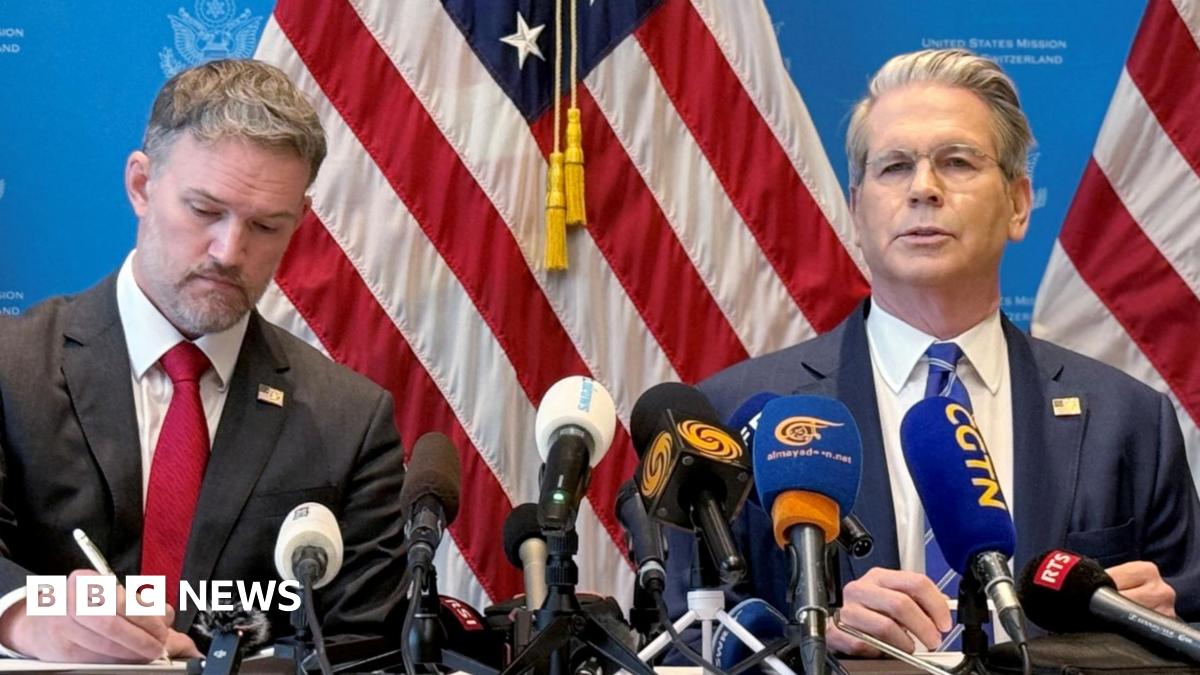Key Issues on the Table in US-China Trade Talks










2025-05-12T08:37:30Z

In the wake of this weekend's discussions held in Geneva, there is a palpable sense of optimism emanating from both the United States and China regarding their ongoing trade negotiations. However, it is essential to recognize that despite this hopeful atmosphere, there remains a considerable amount of work ahead for both parties. The recent decision to suspend tariffs for a period of 90 days has granted the US and China a crucial window to advance their discussions and potentially reach a consensus.
The backdrop to these negotiations is characterized by a long-standing list of grievances that the United States has regarding its trade relationship with China. One of the most significant issues is the notable trade imbalance; President Trump has consistently expressed dissatisfaction with the fact that the US imports far more goods from China than it exports to the country. This imbalance not only impacts economic relations but also raises concerns about domestic job losses in various sectors.
Another pivotal concern for American businesses involves the protection of intellectual property rights. Many US companies operating in China have voiced their frustrations over the lack of safeguards for their proprietary information. Particularly alarming are allegations of forced technology transfers, where foreign companies are compelled to hand over their technology to Chinese firms as a condition for market access. This practice has sparked significant fears about the erosion of competitive advantages held by American companies in the global market.
Additionally, there is discontent regarding the alleged subsidies provided by the Chinese government to its domestic companies. These subsidies are said to provide an unfair competitive edge, allowing Chinese firms to dominate certain industries. Interestingly, Beijing counters these claims by asserting that the United States employs similar protectionist measures. This tit-for-tat accusation complicates the dialogue as both nations seek to protect their economic interests.
The debate over subsidies extends particularly to the steel and aluminum sectors, where the Chinese government's financial support is perceived to encourage overproduction. This overproduction not only creates a surplus in the market, driving down prices globally, but it also affects manufacturers in other countries, including the United States. In response, Chinese officials have dismissed these criticisms as unfounded, arguing instead that they are simply competing in a global market.
Moreover, the discussions do not stop at tariffs and subsidies; they encompass a wide range of regulatory disagreements across various industries. These disputes range from food safety regulations to guidelines governing cosmetic products, illustrating the complexity of the trade relationship between the two superpowers.
All these differences have been years in the making, making it particularly challenging to envision a comprehensive resolution by the August deadline. Nevertheless, any substantial progress achieved during these negotiations would likely contribute to a reduction in tensions and foster a more cooperative trade environment between the United States and China.
 Erik Nilsson
Erik Nilsson
Source of the news: BBC